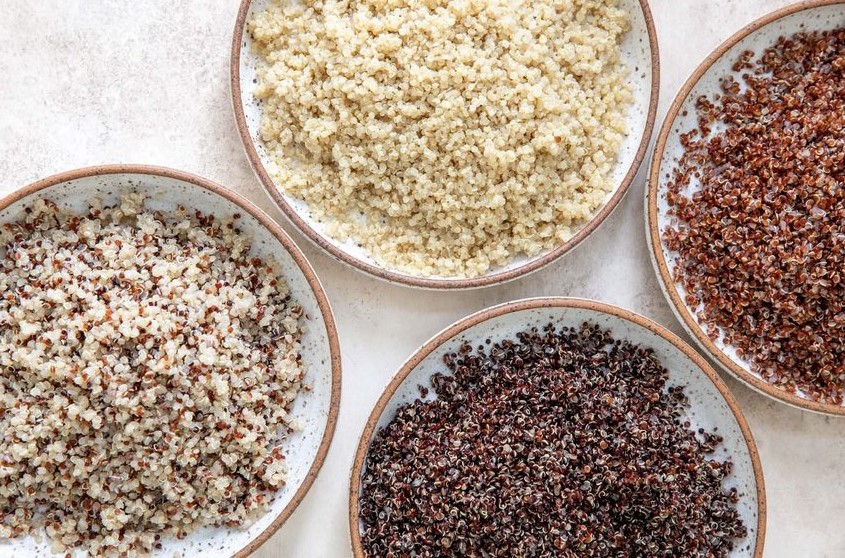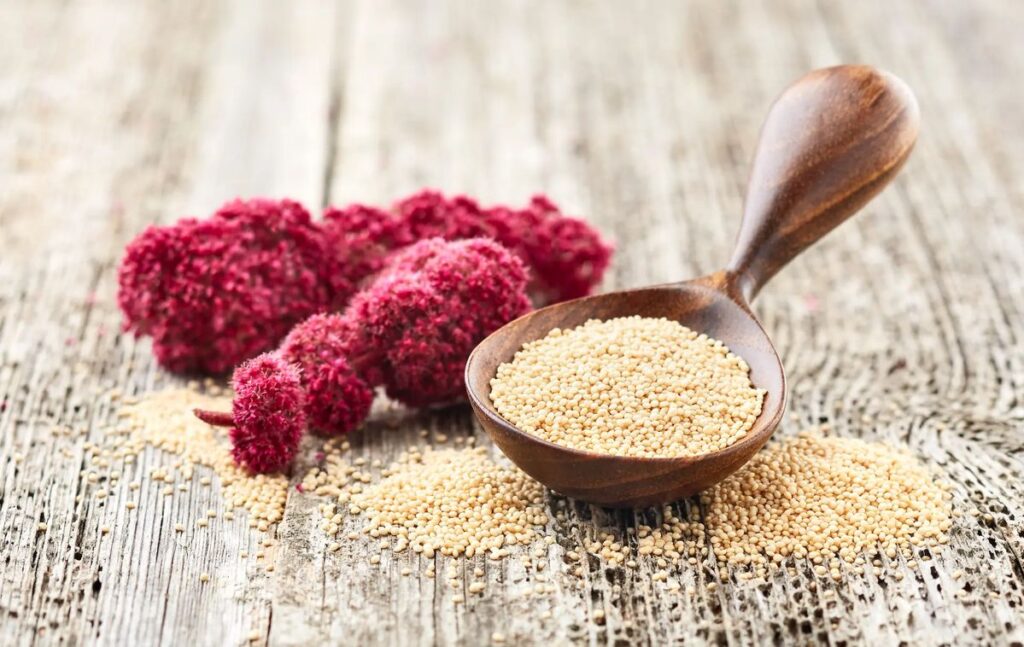In the high, harsh Andes, where the air is thin, people have developed a unique diet over thousands of years. The Andean diet is not just about survival—it’s a way of eating that promotes health, strength, and longevity. This ancient diet, based on native crops and sustainable methods, holds lessons for modern nutrition.
In this article, we will explore the key components of the Andean diet, its health benefits, and how it continues to influence modern cuisine. Let’s examine all the answers to unveil the fascinating eating habits of the Andeans.
What is the Andean diet?
The Andean diet is the traditional food of the Andes’ indigenous peoples, mainly in Peru, Bolivia, Ecuador, and northern Chile. It comes from the farming of ancient civilizations like the Incas, who grew crops suited to the high-altitude environment.
Key characteristics of the Andean diet:
Reliance on hardy crops, like quinoa, potatoes, and maize.
High in fiber, protein, and essential nutrients.
Minimal dependence on processed foods, focusing instead on fresh and natural ingredients.
Key Components of the Andean Diet
Quinoa: The Golden Grain
Quinoa, often called a superfood, has been a staple of the Andean diet for thousands of years. The ancient Incas called it “chisya mama” which means “mother of all grains.” For hundreds of years, this essential grain has been feeding and nurturing people.
Nutritional Value: Quinoa is rich in protein, containing essential antioxidants like kaempferol and quercetin, making it a complete protein source. It is also high in vitamins, such as iron, magnesium, and amino acids. Quinoa is also gluten-free and easy to digest. What else could you ask for complete food?!

Uses in Andean Cuisine: Quinoa is used in soups, stews, porridges, and even desserts.
Health Benefits: It helps maintain stable blood sugar levels, supports muscle growth, and prevents the risk of cancer.
Potatoes: The Andean gift to the world
The Potato’s story is even more ancient than the quinoa. It originated in the Peruvian Andes approximately 10,000 years ago. Around 2500 years later, ancient people cultivated for the first time. According to scientific studies, from the 4,000 potato varieties that exist, you can find 3,500 in Peru.
Nutritional Value: Potatoes are a great source of carbohydrates, vitamin C, potassium, and iron.

Chuño, the preserved potato: The process of making chuño involves freeze-drying potatoes at high altitudes. The result is a grey, dried, and strong-flavored potato that can be stored for years. Just like the potato, the chuño also holds high nutritional value.
Health Benefits: Potatoes provide energy, improve gut health, and contain antioxidants.
Tubers beyond potatoes
Other Andean tubers like oca, mashua, and ulluco are widely consumed in various cuisines around the world.
Nutritional Value: These tubers are a fantastic source of carbohydrates, giving you natural energy. They are also rich in vitamin C and phytonutrients, which help keep you healthy.

Uses: You can enjoy these versatile tubers in many ways! Whether you boil, roast, or add them to stews, they bring delightful flavors and textures to your meals.
Health Benefits: Eating these tubers can boost your immune system, improve skin health, and provide lasting energy. They are a wonderful addition to a balanced diet.
These tubers not only open up new cooking possibilities but also play an important role in our nutrition and well-being. They truly deserve a place in our kitchens alongside the classic potato!
Kiwicha, the Super grain
The Amaranth, or as people know it in Peru, kiwicha is another ancient Andean grain. Just like other Andean grains, ancient Peruvians used to eat it around 4,000 years ago. Thanks to its impressive adaptability, it can grow in lower altitudes too.
Nutritional Value: Kiwicha is packed with antioxidants, and lowers the risk of chronic diseases.

Uses: Amaranth is versatile, so you can complement it in savory and sweet meals. You can elevate your baked delights with a sprinkle of kiwicha. This grain also goes well with stews, pancakes, soups, porridge, bread, or vibrant salads. This tasty addition gives your meals a nourishing lift!
Health Benefits: Supports bone health and boosts immunity. Kiwicha is also great for preventing cancer and osteoporosis.
Traditional Cooking techniqes
Pachamanca is a wonderful Andean cooking method that brings people together. In this traditional style, the chef places the food underground oven lined with hot stones.
This method keeps the food moist, preserves nutrients, and gives it a special, earthy flavor. A mix of meats, tubers, Peruvian spices, and vegetables is cooked together, creating a festive and communal experience.

Stews and Soups Stews and soups are essential in Andean cuisine, offering warmth and comfort. Hearty dishes like “kapchi de zetas” “sopa de quinoa” in Cusco’s cuisine are delicious for your health. Chupe de camarones and adobo, two emblematic dishes in Arequipa’s gastronomy are also the favorites of many. These delicious dishes provide the energy needed to stay cozy in the chilly, high-altitude climate.
Fermentation Fermented drinks, such as chicha de jora (a traditional corn beer) and preserved tubers, play a vital role in Andean culture. These foods not only taste great but also contain probiotics that help support gut health, improve digestion, and boost immunity.
Health Benefits of the Andean Diet
Longevity and vitality: Andean communities are known for their strong health and long lives. This is thanks to their diet rich in nutrients. This diet includes other Peruvian superfoods like quinoa, maca, and native tubers, boosting people’s energy and well-being.
Prevents Diseases: This Andean diet can help your heart. As we explained before, these foods have minerals, antioxidants, and lots of vitamins. Some of them even can prevent risks of heart disease and cancer.

Gut Health: With plenty of dietary fiber from whole grains and legumes, the Andean diet encourages a healthy digestive system. Some of these grains and legumes are easy to digest, and gluten-free, which promotes good gut health.
Strong Bones and Muscles: Foods like kiwicha (amaranth) and quinoa are high in calcium and protein. These nutrients help keep bones strong and aid muscle recovery, especially in active communities.
Sustainability and the Andean Diet
Crop Diversity: Overall, the Andean diet beautifully blends health, culture, and sustainability. It offers valuable lessons that can inspire healthier and more sustainable diets around the world. The Andean region is a wonderful example of agricultural diversity.
Farmers grow many different crops, such as quinoa, amaranth, potatoes, and maize. This variety creates a balanced, nutritious diet. It also keeps the soil healthy and strengthens crops against pests and diseases.
Minimal Waste: Traditional cooking methods in this region encourage us to use every part of plants and animals. This approach reduces food waste and shows respect for our resources.
Adaptation to Climate: Andean crops are specially suited to withstand tough weather conditions. They thrive at high altitudes and in extreme temperatures. Their natural resilience makes them ideal for sustainable farming. This is vital as we face climate change.
How to Incorporate the Andean Diet into Your Life
Try quinoa and amaranth: Thanks to their versatility, you can add these grains to your diet. On juices, salads, or baked goods. You can also buy cookies, cakes, or drinks that contain both.
Experiment with tubers: Look for Andean varieties at specialty stores and try them roasted or mashed.

Add superfruits: In our article about native Peruvian fruits, you can get more detailed info about how you can add these fruits to your diet.
Cook Hearty Soups: Make soups using fresh vegetables, legumes, and other grains for a nutrient-rich meal.
Conclusion
The Andean diet is more than just a way of eating—it’s a testament to the resourcefulness and wisdom of ancient civilizations. This diet, based on nutrient-dense foods and sustainable practices, has health benefits that also inspire modern cuisine.
From top Peruvian restaurants to modest eateries around Peru, we invite you to discover more Andean diets incorporated into contemporary cuisine. We can assure you this ancient and nutritious food will help you to improve your health and your well-being.
The Andean diet has something for everyone. It can improve your nutrition, explore new flavors, or connect you to Peru’s rich culture. It’s a reminder that ancient traditions often hold the key to modern health and well-being.
Viagens Machu Picchu invites you to discover and unveil all that Peru has to offer: From stunning world wonders to incredible ancient ingredients good for your health. We’ll be more than glad if we can help you with your trip to Peru. Contact us to take the first step into a new adventure in the Andes and more!
Viagens Machu Picchu, journeys that inspire, moments that last.

